Pickleball Score: How To Keep Score in Pickleball
Mastering the Pickleball Score: A Comprehensive Guide
Understanding the Basics of Pickleball Scoring
As you first begin playing pickleball, remember that you can’t rely on other players or even your partner (if you’re playing doubles) to call the score when you’re serving. If you’re up to bat so to speak, it’s your responsibility to call the score before you serve. It’s okay if you forget to do this sometimes, especially as you’re first getting started. But the more frequently you do it, the more it will be ingrained in you.
Rules of Pickleball and Singles & Doubles Scoring
As you’re learning the game, it’s important to know how to accurately keep score in pickleball. We’ll walk you through how to keep score in both doubles and singles, and how to call the score. Learn about pickleball scoring and pickleball rules below:
Scoring of Pickleball Doubles Explained:
A team only scores points when serving. The receiving team cannot score points. Players on the serving teams can continue serving until a fault is made by his or her team. A fault occurs when the pickleball touches any part of the non-volley zone of the pickleball court on the serve, including the line, is hit out of bounds, does not clear the pickleball net, is volleyed from the non-volley zone on the court or is volleyed before a bounce has occurred on each side.
Player Position for Doubles at the Start of the Game:
Who serves first in pickleball? At the start of the pickleball game, the player on the right hand block will always serve first to the diagonally opposite court.
Rules of Pickleball – Calling the Score in Pickleball:
When playing doubles in pickleball, the score should be called as three numbers. The proper sequence for calling the score is the following: server score, receiver score, and for doubles only the server number one or two. To start a pickleball match, the score will be called zero, zero, two. This means that as soon as the serving team commits a fault, the other team gets to serve.
How To Score In Pickleball And Never Lose Track Again!
There are many jokes, expressions and hilarious uses of wordplay in pickleball. But one of the more “funny and kind of true” jokes is that learning how to score in pickleball is more difficult than learning how to play the game itself. We all know it isn’t true, but sometimes it seems like it!
How does scoring work in doubles pickleball?
If you’re here for a quick answer, here are the absolute basics of what you need to know: scoring in pickleball goes to 11 points. It can sometimes go to 15 points in tournaments. You can only score a point when your team is serving and when you do, you switch positions with your partner. Also, you have to win the game by 2 points. Those are the basics.
Win by two!
You have to win by at least two points in pickleball. There are no exceptions to this rule. This means that if your game is playing to 11 points and the current score is 10-10, then getting to 11 points isn’t going to cut it. You will have to go to 12 in order to put yourself two points ahead of the other team. Then you automatically win. This can go on forever until the two-point spread is achieved.
How to keep track of the score
Here’s where things get interesting. Pickleball seems like an impossible sport to keep score in sometimes. There’s a neat trick though. And thank goodness this trick exists! But let’s go over something first before we get to the trick.
How to score in singles pickleball
Scoring in singles pickleball works the exact same way as doubles. All of the tricks that I’ve shown you to keep track of the score will work the exact same way. The only aspect that is different is when “side out” is called. In pickleball, “side out” is a term used when the serving team commits a fault and the serve changes to the other team.
FAQs
What is a fault in pickleball?
A fault in pickleball is a violation of the rules that results in the loss of the serve or a point. Examples of faults include hitting the ball out of bounds, failing to hit the ball over the net, stepping into the non-volley zone before hitting a volley, and more.
What is the non-volley zone in pickleball?
The non-volley zone, also known as the kitchen, is a 7-foot area on both sides of the net. Players cannot hit a volley (a shot before the ball bounces) while standing in this zone.
What is the starting score of a pickleball game?
The starting score of a pickleball game is 0-0-2. This means that the serving team has 0 points, the receiving team has 0 points, and the second server on the serving team is serving.
What score is pickleball played to?
Pickleball is usually played to 11 points, but the game must be won by at least 2 points. So if the score is 10-10, play continues until one team has a 2-point lead.
How does scoring work in pickleball?
In pickleball, only the serving team can score points. Points are scored when the opposing team faults by hitting the ball out of bounds, failing to hit the ball over the net, stepping into the non-volley zone before hitting a volley, and more.
Simple Pickleball Scoring
Scoring in pickleball can seem complicated at first, but with practice, it becomes second nature. Remember, the serving team is the only team that can score points, and you must win by at least 2 points. So grab a paddle, find a court, and start practicing your pickleball score calling!
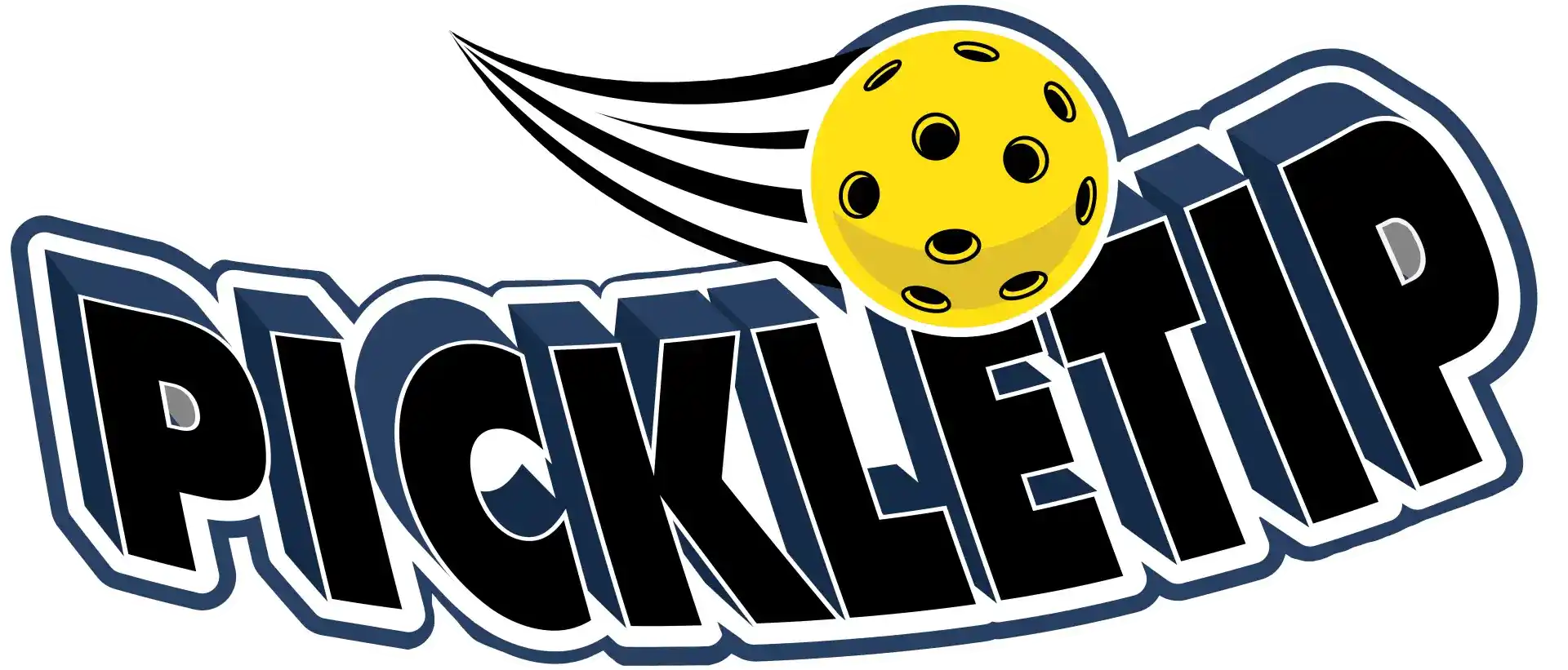

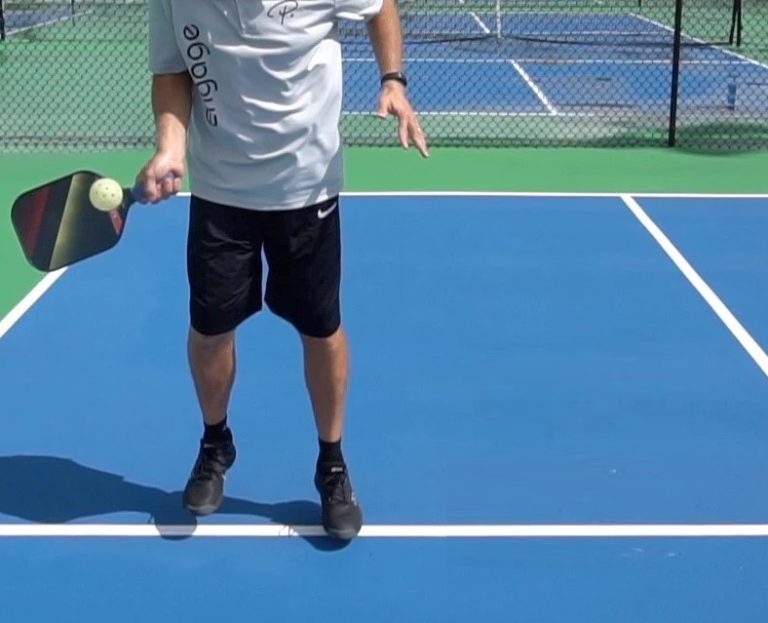

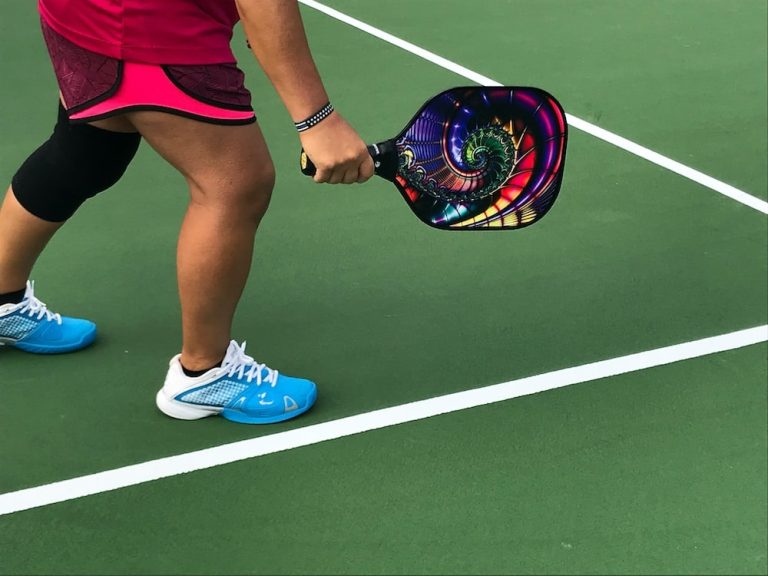

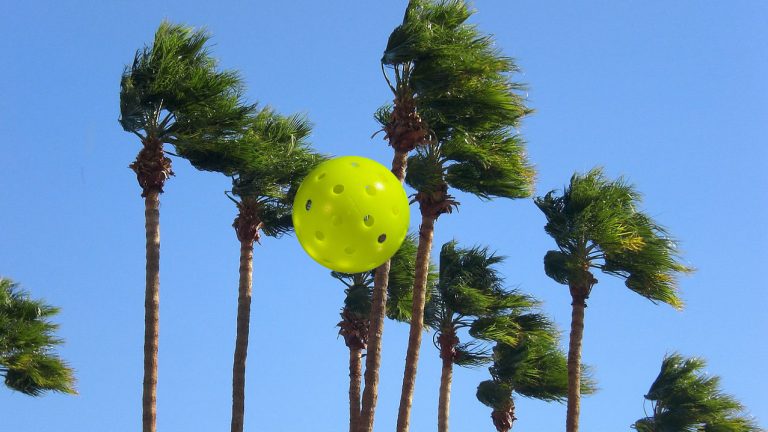
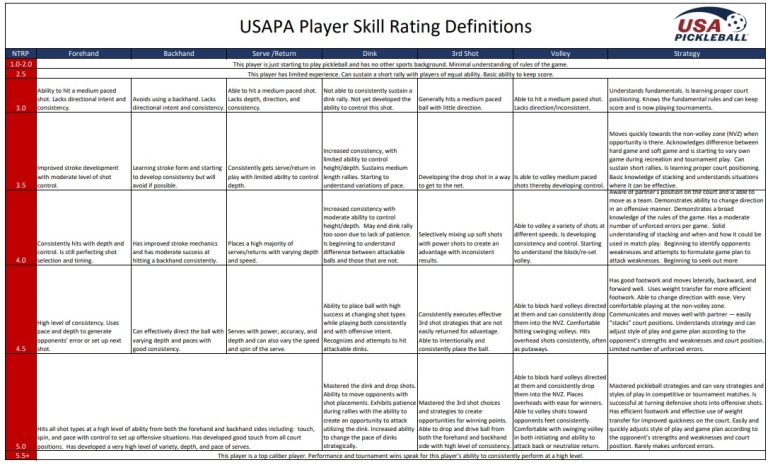
One Comment